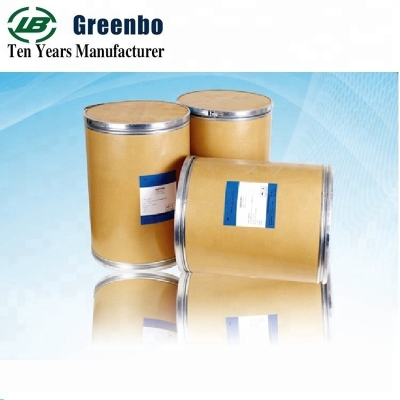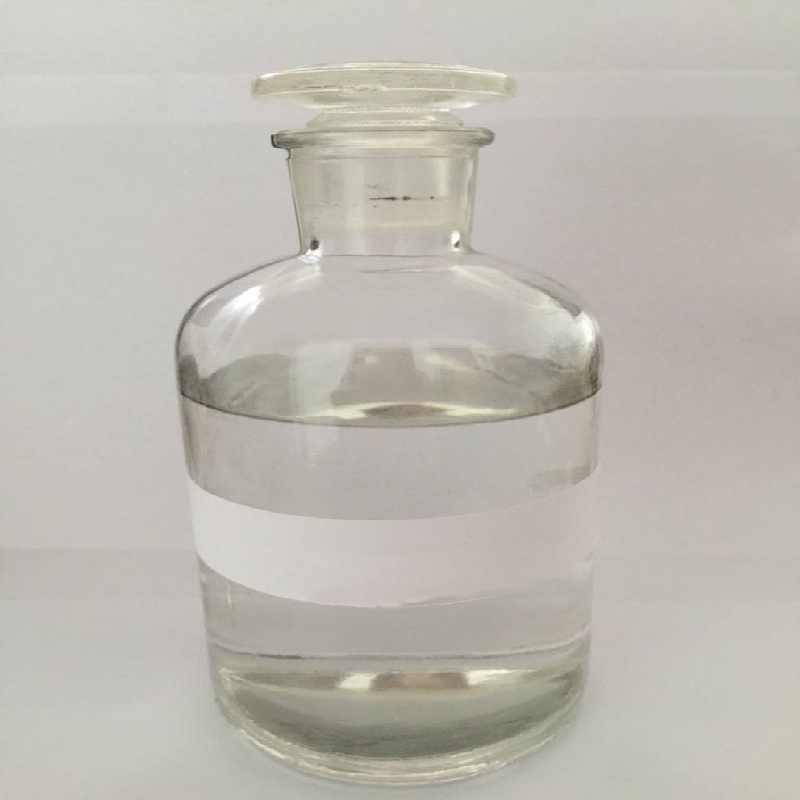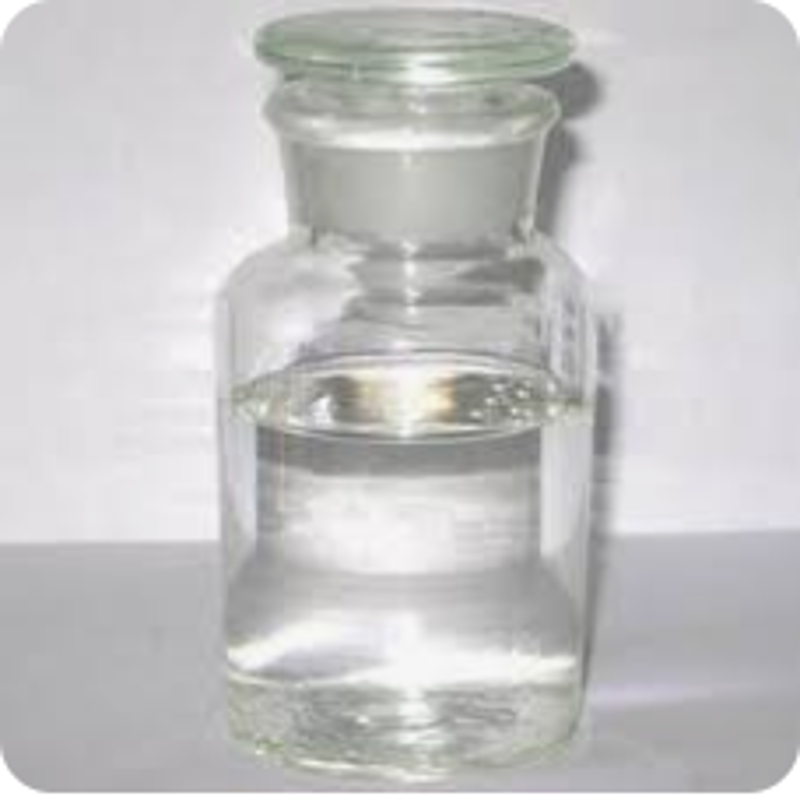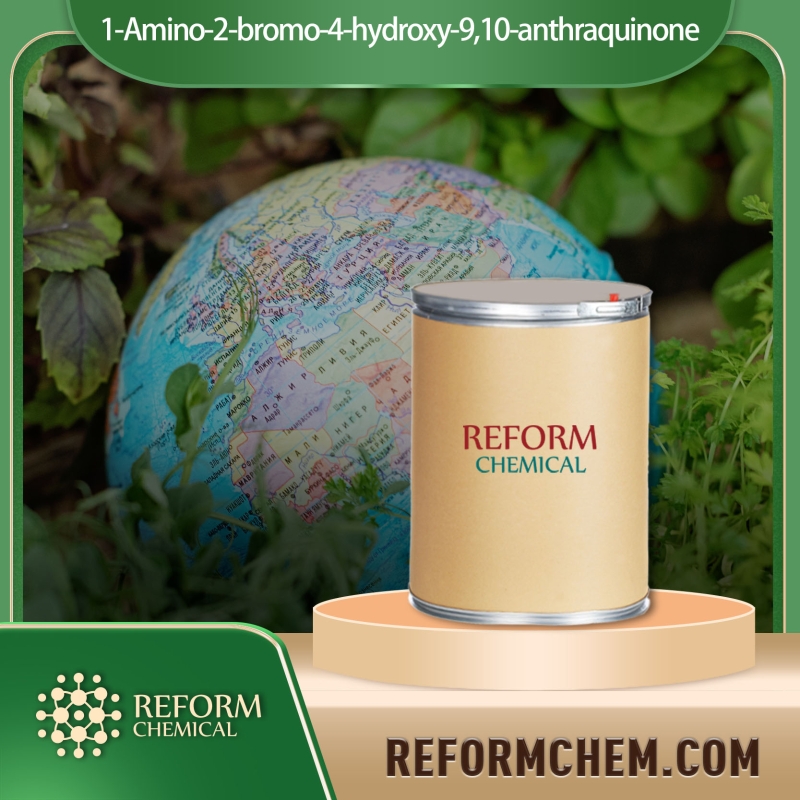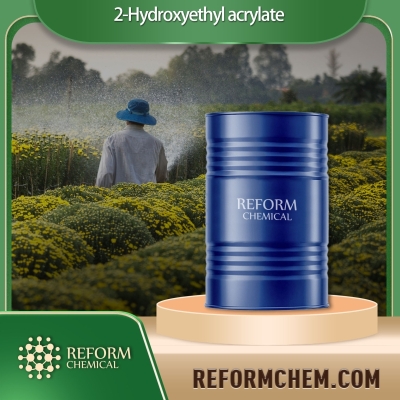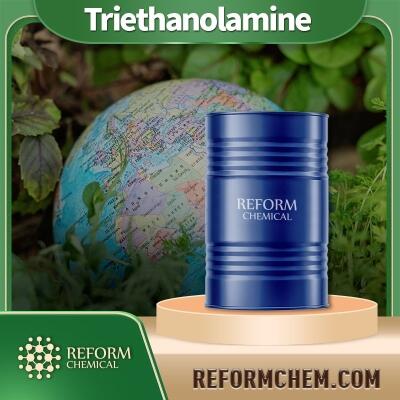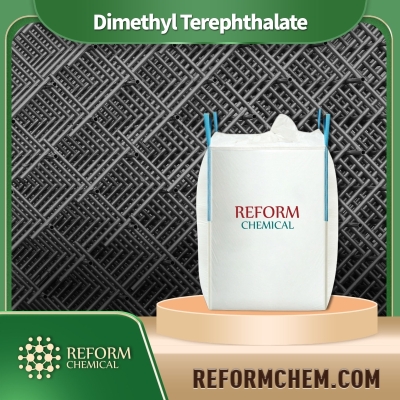Chemical Reagents
Get Chemical Reagents Raw Materials by RegionChemical Reagents
- • Deuterated Reagents (124)
- • Organic Reagents (9950)
- • Silane Reagent (852)
- • Chiral Chemicals (23)
- • Grignard Reagent (5)
- • Desulfurizer (20)
Related News
-
What Reagent Is Used To Test For Starch
2022-03-03 -
Meditex Bangladesh2019
2018-11-09 -
International Exhibition for Laboratory Equipment and Chemical Reagents
2017-06-20
Related Products Price
Chemical Reagent Suppliers
Guanidine hydrochloride
CAS No: 50-01-1
Formula: CH5N3.ClH
Categories: Chemical Reagents > Buffering
-
CAS 50-01-1 Guanidine hydrochloride
$30-33/KG FOB
Inquiry -
High Quality 99% Purity of Guanidine hydrochloride CAS NO 50-01-1 ISO 9001:2005 REACH Verified Producer
Inquiry -
Electrostatic Agent/Strong Dissociating Agent/Guanidine Hydrochloride /CAS 50-01-1 with High Quality
Inquiry -
Purity Guhcl Pharmaceutical Intermediates Guanidine Hydrochloride CAS 50-01-1 with Free Sample
Inquiry
4-Hydroxypiperidine
CAS No: 5382-16-1
Formula: C5H11NO
Categories: Chemical Reagents > Organic Reagents
-
5382-16-1
Inquiry -
4-Hydroxypiperidine
Inquiry -
4-Hydroxypiperidine 98%
Inquiry -
![4-Hydroxypiperidine buy 4-Hydroxypiperidine]()
4-Hydroxypiperidine
Inquiry
Kojic acid
CAS No: 123712-78-7
Formula: C6H6O4
Categories: Chemical Reagents > Organic Reagents
-
kojic acid,123712-78-7
Inquiry -
![Kojic Acid buy Kojic Acid]()
Kojic Acid
Inquiry -
![5-hydroxy-2-(hydroxymethyl)pyran-4-one buy 5-hydroxy-2-(hydroxymethyl)pyran-4-one]()
5-hydroxy-2-(hydroxymethyl)pyran-4-one
Inquiry
Tetrabutylammonium bromide
CAS No: 1643-19-2
Formula: C16H36N.Br
Categories: Chemical Reagents > Antistatic
-
Hot Sell Tetrabutylammonium Bromide Tbab CAS No. 1643-19-2
$20-25/KG FOB
Inquiry -
Tetrabutylammonium bromide CAS NO. 1643-19-2 Catalysts and auxiliaries 99% High Quality Chemical raw materials
$5-6.5/KG FOB
Inquiry -
Tetrabutylammonium bromide 99% Dideu
Inquiry -
Tetrabutylammonium Bromide (TBAB) / 1643-19-2
Inquiry
1,1′-Binaphthyl
CAS No: 604-53-5
Formula: C20H14
Categories: Chemical Reagents > Organic Reagents
-
best price 1,1'-BINAPHTHYL 99% see COA kanbei
Inquiry -
![1,1'-BINAPHTHYL buy 1,1'-BINAPHTHYL]()
1,1'-BINAPHTHYL
Inquiry -
![1,1'-Binaphthyl buy 1,1'-Binaphthyl]()
1,1'-Binaphthyl
Inquiry -
![1,1'-BINAPHTHYL buy 1,1'-BINAPHTHYL]()
1,1'-BINAPHTHYL
Inquiry
2H-1-Benzopyran
CAS No: 254-04-6
Formula: C9H8O
Categories: Chemical Reagents > Organic Reagents
-
254-04-6 2H-chromene
Inquiry -
![2H-chromene buy 2H-chromene]()
2H-chromene
Inquiry -
![2H-chromene buy 2H-chromene]()
2H-chromene
Inquiry -
![2H-chromene buy 2H-chromene]()
2H-chromene
Inquiry
Accelerator DM
CAS No: 120-78-5
Formula: C14H8N2S4
Categories: Chemical Reagents > Organic Reagents
-
MBTS-DM 99% Solid Dideu
Inquiry -
2,2-Dithiobis(benzothiazole)
Inquiry -
2,2'-Dithiobis(benzothiazole) cas 120-78-5
Inquiry -
Dibenzothiazole disulfide CAS 120-78-5
$100/KG EXW
Inquiry
Tris(trimethylsiloxy)silylpropyl methacrylate
CAS No: 17096-07-0
Formula: C16H38O5Si4
Categories: Chemical Reagents > Organic Reagents
-
3-[Tris(trimethylsiloxy)silyl]propyl methacrylate
Inquiry -
3-(METHACRYLOYLOXY)PROPYLTRIS(TRIMETHYLSILOXY)SILANE
Inquiry -
3-(METHACRYLOYLOXY)PROPYLTRIS(TRIMETHYLSILOXY)SILANE 99% high purity certified Professional producer Greenbo
Inquiry -
3-Methacryloxypropyltris(trimethylsiloxy)silane 99% see COA kanbei
Inquiry
N-Bromosuccinimide
CAS No: 128-08-5
Formula: C4H4BrNO2
Categories: Chemical Reagents > Organic Reagents
2-Chlorobenzonitrile
CAS No: 873-32-5
Formula: C7H4ClN
Categories: Chemical Reagents > Organic Reagents
375 Chemical Reagents Suppliers
Short on time? Let Chemical Reagents sellers contact you.
2-Benzothiazolethiol(9CI)
CAS No: 118090-09-8
Formula: C7H5NS2
Categories: Chemical Reagents > Organic Reagents
-
118090-09-8 3H-1,3-benzothiazole-2-thione
Inquiry -
![2-Benzothiazolethiol(9CI) buy 2-Benzothiazolethiol(9CI)]()
2-Benzothiazolethiol(9CI)
Inquiry -
![BENZO[D]THIAZOLE-2-THIOL buy BENZO[D]THIAZOLE-2-THIOL]()
BENZO[D]THIAZOLE-2-THIOL
Inquiry -
![2-Benzothiazolethiol(9CI) buy 2-Benzothiazolethiol(9CI)]()
2-Benzothiazolethiol(9CI)
Inquiry
Undecane
CAS No: 1120-21-4
Formula: C11H24
Categories: Chemical Reagents > Skin Conditioning
-
n-Hendecane
Inquiry -
Undecane suppliers in China
Inquiry -
Undecane
Inquiry -
CAS 1120-21-4 Haihang Industry
Inquiry
(Trifluoromethoxy)benzene
CAS No: 456-55-3
Formula: C7H5F3O
Categories: Chemical Reagents > Organic Reagents
Diphenylguanidine
CAS No: 102-06-7
Formula: C13H13N3
Categories: Chemical Reagents > Organic Reagents
Benzophenone 4
CAS No: 4065-45-6
Formula: C14H12O6S
Categories: Chemical Reagents > Light Stabilizer
18-Crown-6
CAS No: 17455-13-9
Formula: C12H24O6
Categories: Chemical Reagents > Organic Reagents
-
18-crown-6
Inquiry -
18-Crown-6 CAS 17455-13-9 with Heavy Discount
Inquiry -
High Quality 18-Crown-6 CAS 17455-13-9 Crown Ether
Inquiry -
17455-13-9
Inquiry
Zeolites, synthetic
CAS No: 1318-02-1
Formula:
Categories: Chemical Reagents > Anticaking
Limonene
CAS No: 8050-32-6
Formula: C10H16
Categories: Chemical Reagents > Organic Reagents
-
dipentene,LIMONENE,8050-32-6
Inquiry -
![DL-Limonene buy DL-Limonene]()
DL-Limonene
Inquiry
Thiazolidine
CAS No: 504-78-9
Formula: C3H7NS
Categories: Chemical Reagents > Organic Reagents
-
Thiazolidine
Inquiry -
THIAZOLIDINE-99
Inquiry -
Factory Supply Thiazolidine CAS NO.504-78-9
Inquiry -
![THIAZOLIDINE buy THIAZOLIDINE]()
THIAZOLIDINE
Inquiry
Alizarin
CAS No: 72-48-0
Formula: C14H8O4
Categories: Chemical Reagents > Cosmetic Colorant
-
1,2-Dihydroxy anthraquinone
Inquiry -
Alizarin ZS
Inquiry -
72-48-0
Inquiry -
China Most Professional Factory Supply High Qulity Alizarin CAS 72-48-0
Inquiry
New Arrivals
Most Popular
-
2-Nitrobenzaldehyde 552-89-6 Organic Synthesis o-nitro-benzaldehyd High Quality 99% Industrial Grade
$1-1.3/KG FOB
-
2-Hydroxyethyl acrylate CAS NO.818-61-1 99% High Purity Industrial grade
$1-1.3/KG FOB
-
Triethanolamine CAS NO 102-71-6 Chemical Reagents Intermediates 99% High Quality
$1-1.3/KG FOB
-
Dimethyl Terephthalate CAS NO. 120-61-6 Manufactory Supply 99% high purity
$1-1.3/KG FOB
People are searching
Frequently Asked Questions
Chemical Reagents can be divided into different categories. On ECHEMI, we divided them into Deuterated Reagents, Organic Reagents, Silane Reagent, Chiral Chemicals, Grignard Reagent, and Desulfurizer. A common Deuterated Reagent is Lithium tetradeuteroaluminate, which is commonly used as a source of deuterium atoms to produce tritium for cooling nuclear reactors.. A common Organic Reagent is Benzyldodecyldimethylammonium chloride, which is used as acrylic fiber leveling agent, dye retardant for printing and dyeing fabric, oil field oil well fungicide, cooling water system sterilization and algaecide, medical device disinfectant, etc. A common Silane Reagent is Methyltris(methyl ethyl ketoxime)silane, which is used as a neutral curing agent in silicone sealant formulations. A common chiral chemical is L-Dibenzoyltartaric acid, an organic chiral compound that can be used as an organic intermediate and pharmaceutical intermediate. A common Grignard reagent is Benzylmagnesium bromide, which can be used in the preparation of 2,6-dimethyl-2-heptanol. A common Desulfurizer is TETRABUTYLAMMONIUM FLUORIDE, a reagent for the preparation of terminal olefins from primary alkyl iodides. More other common chemical reagents are available on ECHEMI, just feel free to inform us what you need and get competitive quotes!
A chemical reagent is a substance or compound to achieve or test a chemical change in chemical reactions. Reagents can be organic or inorganic compounds, and are selected based on their properties and ability to facilitate specific reactions. Chemical reagents are widely used in various fields, like chemistry, biochemistry, and other related areas for purposes such as synthesizing, analyzing, purifying, or characterizing chemical substances.
A chemical can be any specific chemical element or chemical compound with certain properties, however a reagent takes part in the chemical reactions and will convert to something else. That is to say a reagent is a chemical which is used to bring out a certain chemical reaction.
















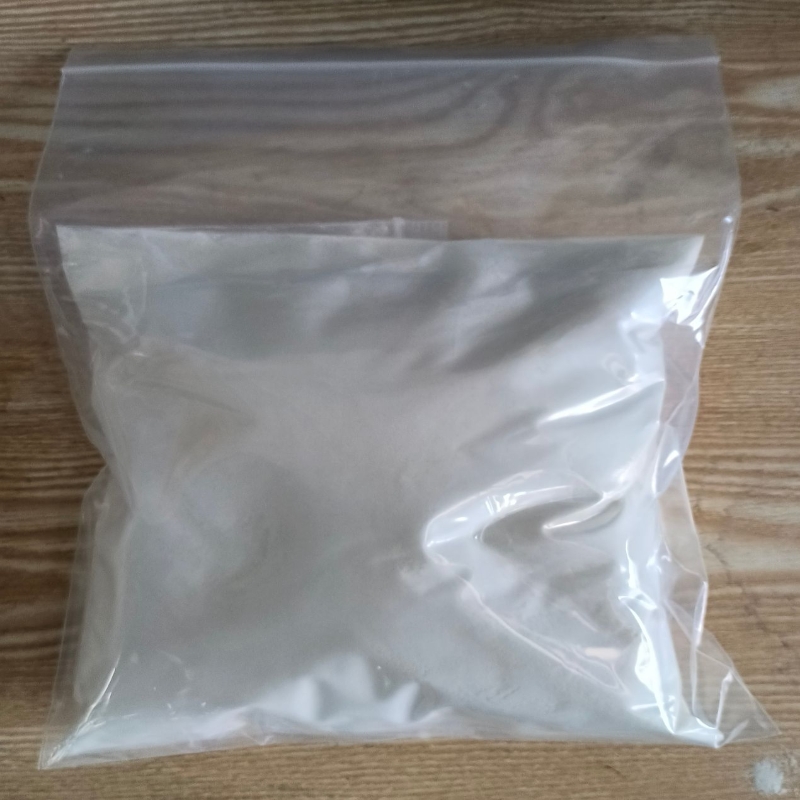

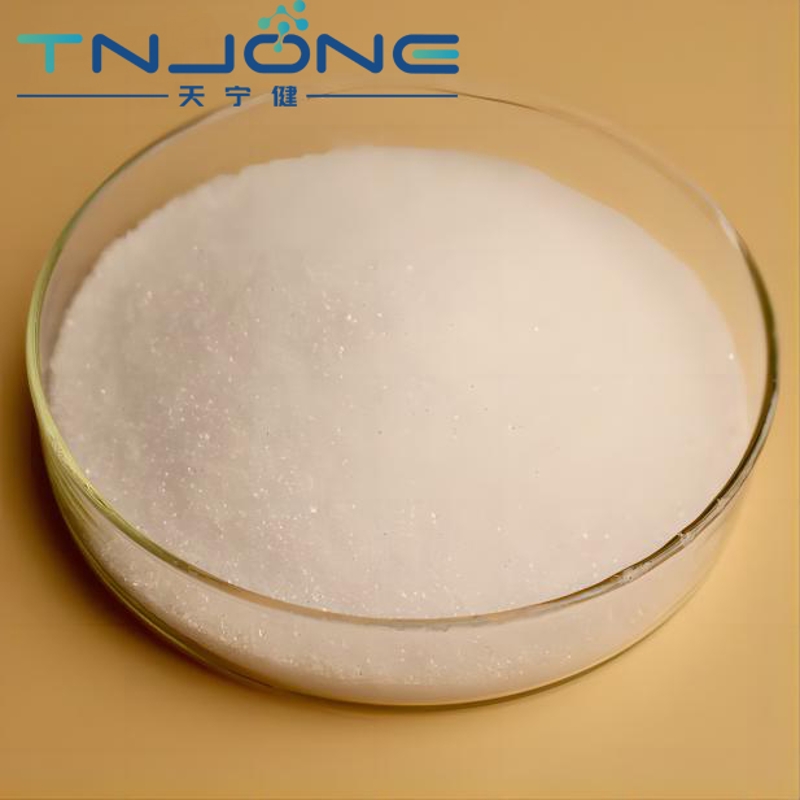












![3-[Tris(trimethylsiloxy)silyl]propyl methacrylate buy 3-[Tris(trimethylsiloxy)silyl]propyl methacrylate](https://file.echemi.com/fileManage/upload/goodpicture/20220406/20220801115912337500_17096-07-0.png)













![BENZO[D]THIAZOLE-2-THIOL buy BENZO[D]THIAZOLE-2-THIOL](https://file.echemi.com/fileManage/upload/canonicalSmiles/20220812/a71dd322412140fd887b7602a2296725.png)






